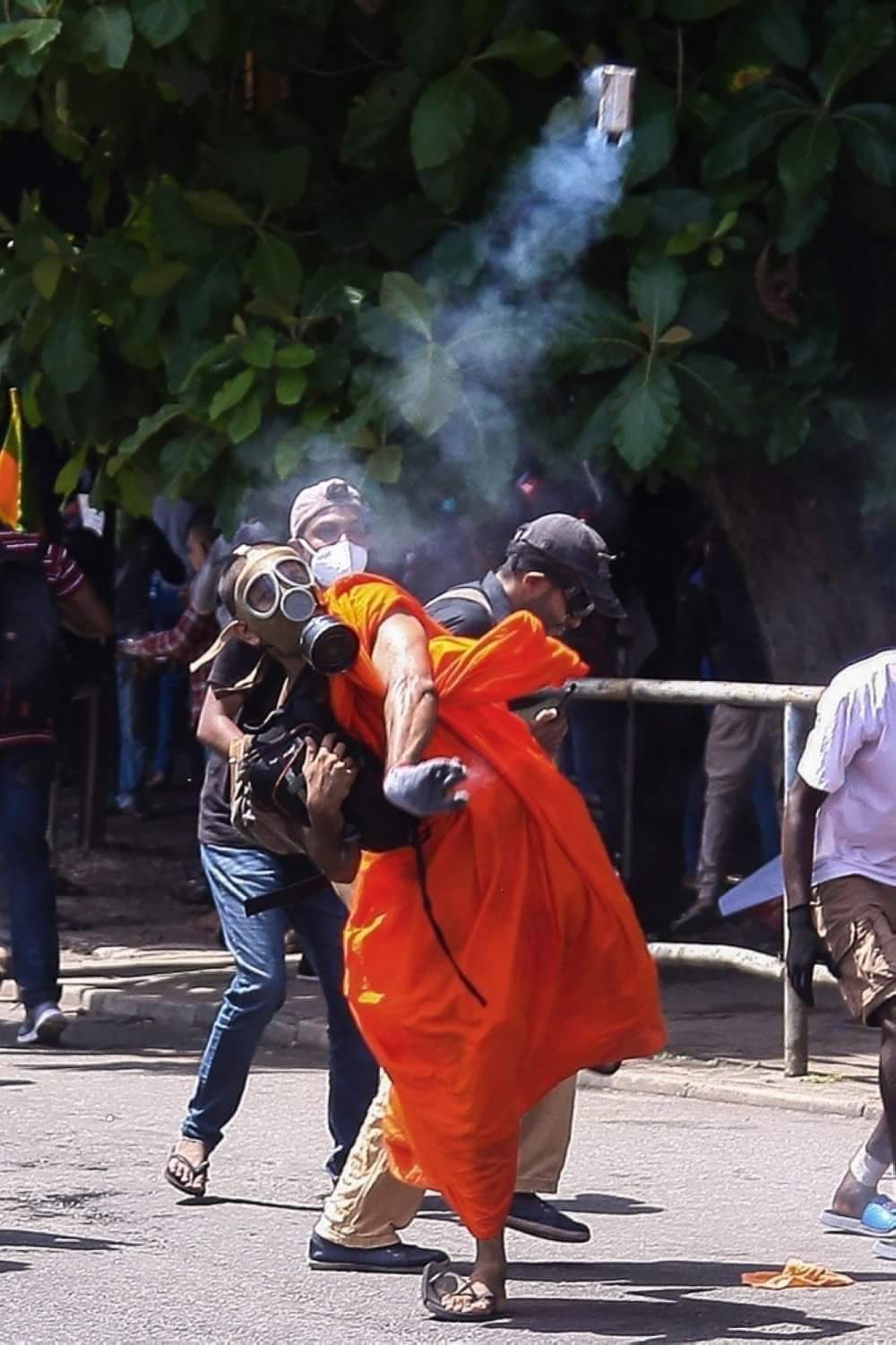
The Sri Lankan Crisis – Need to Look Within

A particularly ugly financial crisis reared its fierce visage in front of Sri Lanka with hardly any public notice in the early months of 2022 with such rapidity that, within a few weeks, its financial system was in total collapse for all practical purposes, its political system in mortal straits with the curious situation of the only member elected to the Parliament from his party becoming the Prime Minister. How could the political and financial system of a country collapse so fast and with so little warning?
By the same token, this crisis also appears to have sneaked up on India, Sri Lanka’s only neighbour, repeating the process of Lankan crises sidling upon India with uncanny abruptness again and again. Why should it be so? Sri Lanka is India’s only neighbour to the south and, for Sri Lanka, India is the only neighbour other than Maldives. Lanka’s historical cultural and human connections are ample. However, that should not be construed as foundations for closer interactions in fields like politics and economic management, let alone security issues and priorities. These matters are never governed by the individual emotions fostered by commonalities in social and cultural expressions but by the hard calculations of the power elite that defines national interest on its own terms to the optimum extent possible. This aspect would also inhibit decision makers in India from carrying out anticipatory actions with the possible consequence of upsetting, if not altogether antagonising, the leadership in Colombo.
In this manner a publicly hands off position while working cooperatively with those in positions of power in Colombo becomes the only option from New Delhi even when it could be an obviously suboptimal option.
However, one has to take into account the phenomenon of Sri Lanka becoming situated beyond the curvature of the Earth for Delhi and thus fall outside New Delhi’s permanent political horizon. This should not be construed as originating from anything other than the geostrategic premises on whose basis New Delhi was created as the capital of India and whose location and preferences exert obvious impacts on New Delhi’s priorities, assessments and actions.
Consider it this way. The British Empire in India had established itself with its capital at Calcutta which grew and flourished as a port, as a dynamic city of great intellectual liveliness. It was the dominant port city in the arc of the Bay of Bengal, the centrepiece of the necklace of ports extending from Colombo and Trincomalee to the right to another line of ports to the left that stretched all the way to Malacca. From India’s point of view, that capital symbolised the city with no past as burden, the city that was creating its own history emerged as the mother of its modern literary tradition, the grandmother of its national consciousness, the great grandmother of the recovery of the nation’s past. After the swap of this city for a town remote from the sea, a town that never could have had a view on seapower, sitting facing towards the northwest and back to most of the subcontinent, a place that was confirmed as the capital of the new independent state, should one consider it unusual or deem it but natural that one had difficulty in contemplating with clarity the issues relating to our island neighbour now located so far away?
All economic crises have the banal common factor of not being able generate funds needed to pay creditors. Most states live on debts and are in the perpetual motion of raising enough funds to pay today’s debts to borrow for tomorrow. In some cases, this endless jugglery just becoming unviable and thus come crashing down. Otherwise, nations with much deeper debt burdens than what Sri Lanka has continue without attracting lurid headlines and fevered speculations. Why did Sri Lanka reach the pass that many others avoided?
Before touching on that question, let us examine one phenomenon that has been proposed as the proximate cause of the country’s meltdown – its unwholesome entanglement with China. This makes particular reference to the Chinese Belt and Road Initiative which has been pointed out as the cause of indebtedness and ruin of quite a few countries of Asia and Africa with Sri Lanka as some kind of prime exhibit. The white elephant pair of the port and airport at Hambantota, the historic home base of the Rajapaksas – Rajapaksa pere represented that electoral district for considerable periods of time in the early years of the free parliament – has been brought out as an illustration. However, these projects were not thought up by China but were proposed by the Rajapaksas who were in power at that time.
The Belt and Road Initiative was launched by Xi Jinping in a speech delivered during his visit to Kazakhstan in September 2013 followed up by its maritime counterpart of the ‘Maritime Silk Road’ which President Xi launched later in the same month during a speech made in Jakarta. Now, by the end of 2014, Sri Lanka had run up, according to data of its Central Bank, an external debt of US $ 43 billion which amounted to 53.6% of its GNP. By 2021, this debt had increased to US $ 50.73 billion or 60% of its GNP according to the Central Bank figures. Debts to China incurred in the interim, whether related to the Belt and Road program or other forms of indebtedness do not seem to have tipped Sri Lanka into the precipice. Given this disjunction in the data, this essay does not propose to go into details of specific items of economic relations between Sri Lanka and China in this context. Suffice it say that Sri Lanka’s debt situation was not a very viable one by 2015 and the kind of crisis it faced in a few years was certainly in the offing quite independent of its economic relationship with China.
Contradicting the general impressions, Chatham House, in its paper Debunking the Myth of Debt Trap Diplomacy of August 19, 2020, came to the conclusion that Sri Lanka’s debt crisis was unrelated to Chinese lending but “the misconduct of local elites and Western dominated financial markets”. In its analysis titled Ocean of Debt? Belt and Road and Debt Diplomacy in the Pacific, Lowy Institute reviewed the debts owed by the Pacific Ocean nations and concluded: “China’s Belt and Road initiative has raised important questions about the risk of debt problems in less-developed countries. The risks are especially acute for the small and fragile economies of the Pacific. Our analysis, however, finds a nuanced picture. The evidence to date suggests China has not been engaged in deliberate ‘debt trap’ diplomacy in the Pacific. Nonetheless, the sheer scale of China’s lending and its lack of strong institutional mechanisms to protect the debt sustainability of borrowing countries poses clear risks.” Though Sri Lanka is not the subject of direct analysis in this study, the conclusions arrived by Lowy Institute do apply to Sri Lanka with the same force.
The same institution also came to the conclusion that the Hambantota case was ‘a myth’ and that ‘excessive borrowing on Western dominated capital markets’ was the true case of Sri Lanka’s distress. It is also little noticed that China had either restructured or waived loans to fifty-one countries in the period 2001 to 2017 and there was no asset seizure ever. That is why there is the alternate interpretation of the developments; that the language of ‘debt diplomacy’ resonates well with the West as a narrative; that, as is asserted by the Liberian scholar W. Guyde Moore, the narrative ‘is rooted in anxiety about China’s rise as a global power rather than in the reality of Africa’.
We must also recall that Sri Lanka and China have had a long history of amicable economic cooperation that had been of mutual benefit. Way back in 1952, Sri Lanka, Ceylon then, found itself unable to import at reasonable cost rice for the implementation of its food security program. It was at that time, that the ‘rice for rubber’ deal with China was conceived and implemented. The program ensured the continuation of distribution of rice to the poorer sections of the population; China also was able to access rubber which was under US imposed restrictions for sale to China. In fact, China paid a premium for Sri Lankan rubber. This bilateral arrangement continued uninterrupted for thirty years, through all the changes of governments in Sri Lanka and all the political upheavals and domestic turmoil in both the countries. It was terminated in the early 1980s, only when both the countries saw that the program had at last outlived its usefulness.
Nobody forced anybody to sign up for the Belt and Road. Nobody needed to take on unsustainable debt burdens. If some countries came a cropper, it was only because of internal failures, absence of fair evaluation of projects, weaknesses in monitoring of implementation and poor audit practices. It is quite possible that states prone to these weaknesses were attracted disproportionately to the Belt and Road and succumbed in greater measure. If so, the blame is with the ruling systems and ruling groups of the countries concerned.
Having set aside the share of China in this calamitous development, let us see what actually led to the sudden and precipitous fall of Sri Lanka. Was it a failure of financial management? Was it misgovernance that resulted from domestic political failure? To what extent did a failure of democracy, a loss of broad engagement of all the people explode as the all-encompassing crisis of year 2022?
We have noted very briefly how Sri Lanka’s external debt had steadily increased with little thought of a plan for ensuring that the debt is serviced within available means. This was compounded by strokes of misfortune in the past few years. Given its quite inelastic export basket, it was natural for Sri Lanka to turn to tourism as a major revenue earner. Sri Lanka was a real success story as its earnings moved from US $ 349.6 million in 2009 to US $2,431 million in 2014 to US$ 4,380.6 million 2018. But who could overcome Covid-19? Income from this source fell to US $ 682.4 million in 2020 and went down further the next year. Workers’ remittances have held up well fairly steadily between US $ 6.5 billion to 7 billion from 2013 onwards which was somewhat a relief.
In such a situation, did the government of Sri Lanka do reasonable things to anticipate crises? Did they do all that was possible to shore up revenues, discipline itself on the expenditure front and take actions at the international fora to anticipate and avert problems that have assumed intractable forms today? Is the situation merely an unfortunate by-product of developments outside the country like the pandemic, oil price increase and another bad consequence of the military situation in Europe? Or, are there longstanding problems built into the situation in Sri Lanka that produced this dire consequence?
We will examine various elements in the Sri Lankan economic and political situation, feeling our way from one half-submerged stone to the next to try to reach the other shore of clarity. We will also have to work backward in time, from the present clues to a series of decisions of the past to see whether one can get to the root of the crisis, where the system became warped beyond recovery, even if that was not identifiable as such then or later.
After the turn of the millennium, the government of Sri Lanka and the dominant elements of the society had agreed that the long festering ethnic conflict has to be brought to an end through drastic means. Other countries with interest in the matter as well as capacity to engage themselves with the Lankan authorities decided that they would sit back and let matters in the island nation take its own course, the entire matter play out to its inevitable conclusion. This involved strengthening of the Sri Lankan armed forces and their use in a fight to a finish. One side effect, inevitably, would be turning away from issues like maintenance and protection of human rights in a war against an enemy of the state that had shown scant regard for such matters.
However, it also follows that loosening of controls over uniformed forces in this aspect of their conduct has an inevitable fallout on the entire system that develops over a period to time an impunity that is hard to reverse. In fact, governments themselves could come to enjoy the impunity in an atmosphere and socio-political milieu where external checks on its conduct are limited and relatively weak.
In the early days of Sri Lanka’s Independence, its armed forces had a strength of barely 10,000, unsurprising for a country that faced virtually no external threat. It did develop a history of riots involving the two major communities during the period 1950 – 80 climaxing in the major pogrom of 1982—83. However, these were more police business than that of the armed forces. The crises of the 1980s were different in nature as the domestic situation produced not only a full-fledged civil war involving the LTTE and the government but also generated a very violent parallel conflict with ethnic Sinhala radicals.
The immediate results were twofold; Lankan armed forces reached the central position in domestic politics while the forces became almost entirely Sinhala in composition with little involvement of ethnic and linguistic minorities. This phenomenon also had its reverse effect on the politics and governance Sri Lanka over a period of time.
The most immediate and direct result was the steady increase in the budget share of the military. Over a period of time, this became an entrenched and unshakable part of the national budget. The LTTE was defeated and destroyed but the armed forces remained undiminished in size consuming the same share of the budget in peacetime as it did in the time of war with little demobilisation or other forms of retrenchment. In the proposed budget for 2022, the Sri Lankan government suggested an allocation of LKRs. 373 billion (US $ 1.86 billion) for defence, an increase of 14% over the allocation for 2021. We must note that this budget was prepared when the signs of serious economic difficulties had already shown up. However, the government did not, or perhaps could not, bring itself to tackle the question of defense expenditure.
This was not an odd or one-off event. Data from Janes shows a fairly steady outlay of between US $ 1.5 billion to US $ 2 billion for defense in every year between 2011 and 2020. No wonder The Colombo Telegraph expressed its alarm, stating that “a mentality was created in the minds of the people that defense was the most prioritised expenditure of the budget”
We must also look at the size of the armed forces. It will be recalled that Sri Lanka began life as an independent country with less than ten thousand men in uniform. Those may be innocent or halcyon days but it is still a very far cry from the forces consisting of 3,17,000, or around 1.46% of the population. The size will surely appear bigger when we also note that virtually the entire recruitment is done from the 75% Sinhala portion of the population. It is not for others to determine or take a view on the decision of a sovereign state to have armed forces of a certain size. However, when the financial situation of a state compels it to turn to others, it is hard for those others to refrain from certain observations. Comparisons with other states are not always fair or accurate but one has to note that Bangladesh maintains a smaller military than Sri Lanka. To go to a distant part of the world and look for comparison with another state with limited number of neighbours, Mexico, a country about 80% the size of India and vast coastlines to monitor gets along with forces of a similar dimension.
In short, Sri Lanka has a very large military because the system that has ruled the country has chosen to possess a military of a certain size and composition. It is a choice, a conscious political decision taken to serve the interest of those in power through the cultivation of certain segments of the electorate in order to maintain and enhance the power of those who held it.
Normal expectation in a serious political economy is that challenges to the system are dealt with by an entity isolated from daily political pressures. Central bankers are thus appointed to fixed terms, most frequently with their appointment cycles deliberately not coinciding with elections cycles. Even this common and common-sense arrangement went overboard in Sri Lanka in the first decades of this century, as the Rajapaksas established dominance over the polity.
Together with the rise of the Rajapaksas came Ajith Nivard Cabral as the head of the Central bank from 2006 to 2015. He also resigned when Mahinda Rajapaksa lost the presidential election in 2015, only to return in 2021 after Gotabaya Rajapaksa became president. He was a classmate of Mahinda Rajapaksa in college and was a political companion who had contributed to the political manifesto of the presidential candidate called Mahinda Chintana – a nice echo of the title of the collection of the political thoughts of a more famous leader –and handled policies in consonance with the predilections of the leaders rather than the realities of the situation.
On his return to his Central Bank seat in 2021, he opposed going to the IMF claiming that the Bank itself was doing the debt restructuring. Even in January 2022 when the foreign exchange situation was seen as dire and the country was surely facing default, he defended printing money, which the Central bank did in billions, by saying, “when you have a major disease, you have to give some drastic treatment”. Only when the country reached the dire condition of defaulting that the president let go of this political camp follower cum central banker. The president was also left to publicly acknowledge that he was in error not going to the IMF much earlier when less drastic solutions may have been viable and the living conditions of the people would not have reached the current stage of desperation and deprivation. Once again, tactical political considerations and narrower interests prevailed.
We have seen how a series of governments in Sri Lanka put premium on their political survival and fortunes to the detriment of the nation’s financial wellbeing. This went to the extent of the government actually reducing VAT rates ahead of the most recent round of elections when it was known universally that the economy was in considerable difficulties. We have seen how a very large standing armed forces continued to exist even a decade after the total defeat of the separatist forces, draining the nation’s resources. Once again, the limited interest of the rulers in creating and maintaining a near captive electoral majority triumphed over fiscal and financial responsibility.
However, we should not be misled into believing that it was economic naivete or lack of financial literacy that led to this pass. The failure is always political. It is the choice of a narrow end as against larger interest. It is the failure of statesmanship and the privileging of political survival and advantage taking. We saw right at the beginning of this exploration from the present to the past about how it was the choice of poorly governed systems that they accepted the more onerous conditions of the Chinese Belt and Road while governments with checks and balances and extensive answerability shunned the plan or used it with judgment and discrimination.
Therefore, as our final step in this exploration into the past, it remains for us to study how Sri Lanka ended up with a system that made it vulnerable to manipulation by its own powerholders.
We must not forget that universal franchise in Sri Lanka has a much longer history than in any of its South Asian neighbours. Only a few regions of India that abut Sri Lanka can boast of anything similar as active exercises in democracy. Local elections based on universal franchise had been held in the island in 1931, 1936 and 1947.
Therefore, one has to acknowledge that Sri Lanka entered independence reasonably well prepared for democratic functioning, especially choosing between two competing political entities with different ideas of governance, and could make clear choices through peaceful means. Since 1956, elections in Sri Lanka produced strong contests and regular changes in governments between the two political formations, the United National Party (UNP) and the Sri Lanka Freedom Party (SLFP) for the next two decades.
At the same time, the Sinhala – Tamil tensions too arose in parallel with democratic elections, once again showing how broadest democratic participation do not necessarily produce broadly tolerant electorates or evolve polities based on truly liberal live and let live situations. ‘Communities’ and ‘races’ get identified and ossified as closed entities. Further, the less there is to go around, the sharper the conflict for the privileges, benefits and entitlements. We have seen this all along in Europe; this narrow and narrowminded definition of ‘nation’ and ‘nationality’ has been the bane of Europe for centuries and its import into the rest of the world where it had even less relevance, the primary cause of endemic conflicts elsewhere: we continue to see this trend of intolerance towards other communities and languages in the ongoing conflicts in Europe that spreads its poison far and near.
In the same manner, the idea of a Sinhala ‘race’ was a British construct which become rooted over time. The idea that the Sinhala are migrants from the north of India speaking a Sanskrit origin language as against the Dravidian Tamil speaking people had little basis in fact, ethnologically or linguistically. (Sinhala and Tamil both use the same phrase for President. People’s Front, the current ruling coalition of the Rajapksas translates as Podujana Peramuna, redolent of Malayalam and Tamil.) However, this divide got further traction as the Sinhala was almost entirely Buddhist with a Christian elite, while the Tamil speakers were primarily Hindu and Muslim with a leavening of Christians. Even the Christians lost most of their religious homogeneity with the switchover to local languages for liturgy by the Roman Church, thus separating the Sinhala and Tamil Christian communities.
Over the century prior to independence, the Buddhist self-consciousness of the Sinhala people was also carefully fostered by revivalist movements which developed and nursed the identity of Lanka as the island that preserved the Buddhist tradition in its original purity while the same tradition withered away in the country of its origin. The services of Anagarika Dharmapala in the revival of the pure practices of the Theravada, his work in the establishment of schools and other institutions for this purpose and of the Mahabodhi Society, and propagation of Buddhist thought in the Western world – he too took part in the Chicago Parliament of Religions as did Swami Vivekananda with whom he had good relations – were impactful in the context of Sri Lanka’s Buddhist revival and search for political freedom. Of course, schools in Sri Lanka had always taught its Buddhist past in schools and Mahavamsa and Dipavamsa were known to everybody who had been to school.
Independence immediately privileged the English educated where the Tamil community had some advantage. This relative handicap, combined with the sense of being discriminated in their own land plus the newly acquired sense of being the ‘majority’ erupted in regular violence far earlier than during the infamous 1980s. There were serious clashes in 1952, 1958 and 1971. Nor can the blame for fanning violence be laid at the feet of one of the two parties. It is quite well known that the Sri Lanka Freedom Party of SWRD Bandaranaike ran its successful 1956 campaign on the plank of enhancing benefits for the Sinhala majority.
However, sections of the UNP too had done the same in earlier elections and J R Jayewardene, who became the executive President in 1978 and presided over the civil war and its attendant violence over the next decade had used a similar, if anything more virulent anti – Tamil line in campaigns earlier. Thus, chauvinism of the majority community and its aggravated hostility towards the Tamils developed since the mid 1950s into “a major political resource”.
Independent Sri Lanka initiated a raft of welfare programs soon after achieving independence that included free schooling, extensive health care, state subsidised food for the poor, subsidised transport etc. These programs led to the remarkable social indices that Sri Lanka became renowned for in the wake of independence. Population doubled from 1948 to 1981. Between 1960 and 1981, infant mortality fell from 71 to 43, adult literacy went up from 75% to 85%. The irony, however, was all this progress resulted in discontent rather than satisfaction among the newly well taken care of.
Welfare policies produced a healthier and better educated society, but the same policies did not deliver growth, thus leaving the large better educated and youthful population that entered the job market in the early 1970s extremely frustrated. The situation was ‘a painful irony for those who had come of age in the immediate post 1956 period’ as pointed out by Sri Lanka scholar James Manor in his review in the volume Sri Lanka in Change and Crisis published in 1983, hot on the heels of the nationwide violence of that year which signaled the island nation’s descent into decade long chaos. The poorer people arose in revolts in 1971-72 in the first challenge to the thus far tranquil course of the island’s politics.
It was now clear that the political model and economic model were no longer in sync. This in spite land reforms introduced by the Sirimavo Bandaranayake government in the 1970s. This in spite of job opportunities opening up in the Gulf nations with the oil price increases beginning 1973 and attracting more than 60,000 Lankan workers to move there. This is when the radical idea of a “Gaullist Constitution’ was mooted and implemented despite Sri Lanka declaring itself a Republic only in 1972 with a brand-new Constitution.
Before the scheduled elections of 1977, the UNP sought a mandate for a radically revised Constitution to be prepared by the newly elected parliament. The UNP won the election in a landslide winning five sixth of the seats and J R Jayewardene became the Prime Minister. He amended the 1972 Constitution to make the presidency an executive post. The amendments gave the presidency to the incumbent Prime Minister and Jayewardene assumed that office on February 4, 1978.
This was followed by a series of parliamentary and legal measures which gave virtually untrammeled powers to the President in a manner that changed, even twisted out of shape, the functioning of the Sri Lankan state and its leadership with a lasting and, what has turned out to be deleterious impact on the democratic functioning of the Sri Lankan state for decades to come, something the nation has laboured under even as we examine these issues.
The new Constitution was adopted on August 31, 1978 and came into operation on September 7. The president quickly removed the biggest challenge to his long-term control by depriving Mrs. Sirimavo Bandaranaike of her civil rights for six years thus removing his most powerful potential opponent from the almost certain challenge to his second term. As the widow of the by then almost legendary SWRD and as Prime Minister in her own right for two terms, she was always a formidable opponent. A legal manouvre sidelined her. With her out of the way, it was much easier for him to win a full term and become the executive president. He was sworn in on following which, he extended the term of the parliament where his party had a majority till 1988. In other words, the power conferred by the people through election was utilised to hamstring the opposition, delay elections and keep alive for an artificially long time the parliament where the president had effectively chosen his party candidates in the newly introduced PR system that effectively excised the personal links between an MP and those who voted in the parliamentary elections. The helplessness of the MPs was only further enhanced when the president also asked for and obtained the undated but signed resignation letters from all his party MPs.
These changes, it goes without saying, effectively killed off democratic accounting and opened the era of executive impunity. We should not deem it an accident that the riots against the Tamils started close on the heels of these political changes and was followed within a short time by the violent repression of the Sinhala radical movements. There can be little doubt that the closing of all the avenues of legitimate dissent was the sole cause of the Sinhala armed uprising. The use of force as the sole means to quell dissent also empowered the uniformed forces, a grip over the polity and state finances they never let go thereafter. The service of the armed forces was thus available in firming up political impunity possessed by anybody in power and was a valuable commodity solely in the hands of the military – surely one of the worst symptoms as well as preconditions for Sri Lankan politicians enjoying virtually unquestioned power.
What is most intriguing is that hardly any country in the neighbourhood even had media discussion on the slippery slope that Sri Lanka had launched into in the 1980s.
Of course, one can expect the authorities of Sri Lanka to bristle even at the thought of observations let alone actions, evoking the sacred and inviolable principle of sovereignty. But, like somebody said about exercise, if a government cares for its public, they don’t need it; if they don’t, they can’t have it.
We have seen how an interconnected series of deliberate actions since the setting up of the Executive presidency have almost inevitably led to the current tragedy for the people of Sri Lanka.
This paper does not propose to sketch a solution. Solutions lie solely with responsible domestic administrations, no matter how they are elected. Those who would live on with aid and comfort from a generously funded military, who have a political system which is run by one party or would soon become one out of despair of both politicians and the public about peaceful transfer of power, cannot be expected to usher in such changes. Nobody ought to chase such a mirage.
***********
Disclaimer
The opinions expressed in this article are the author’s own and do not reflect the views of Chanakya Forum. All information provided in this article including timeliness, completeness, accuracy, suitability or validity of information referenced therein, is the sole responsibility of the author. www.chanakyaforum.com does not assume any responsibility for the same.
Chanakya Forum is now on . Click here to join our channel (@ChanakyaForum) and stay updated with the latest headlines and articles.
Important
We work round the clock to bring you the finest articles and updates from around the world. There is a team that works tirelessly to ensure that you have a seamless reading experience. But all this costs money. Please support us so that we keep doing what we do best. Happy Reading
Support Us



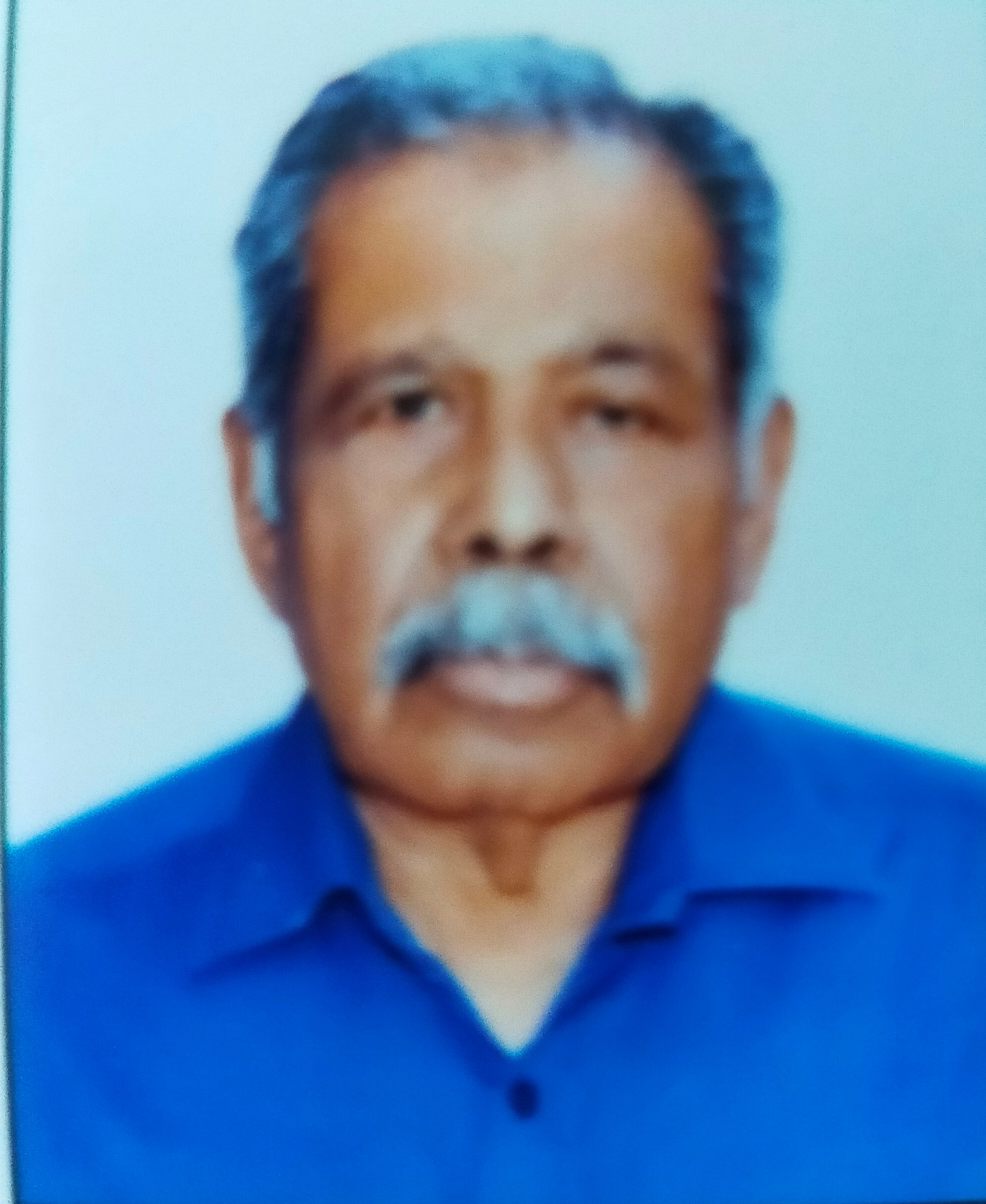

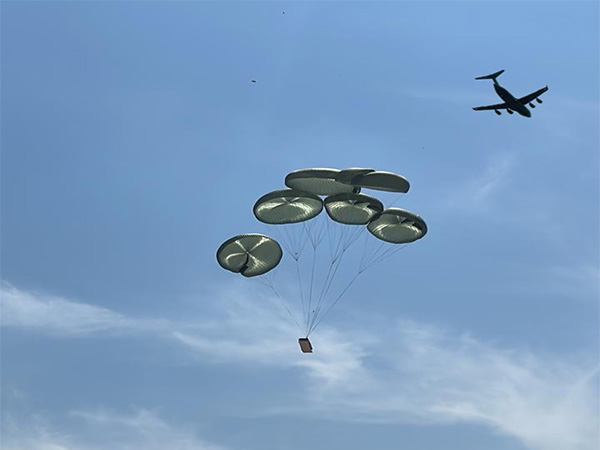
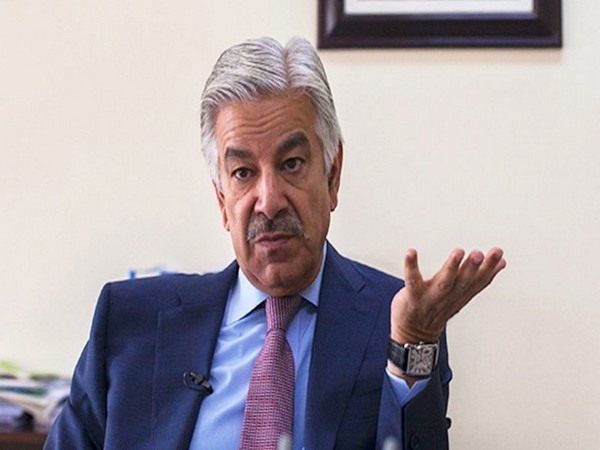
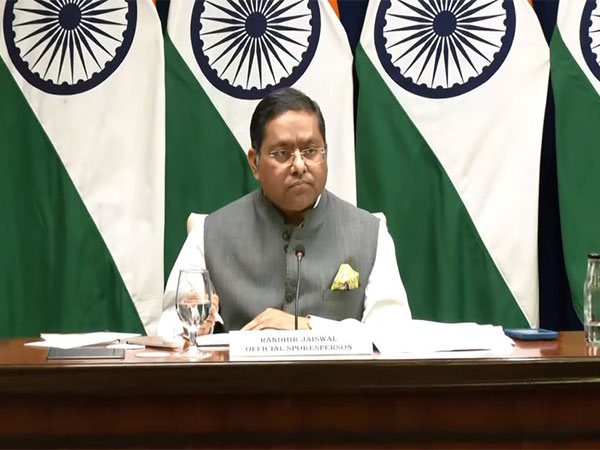



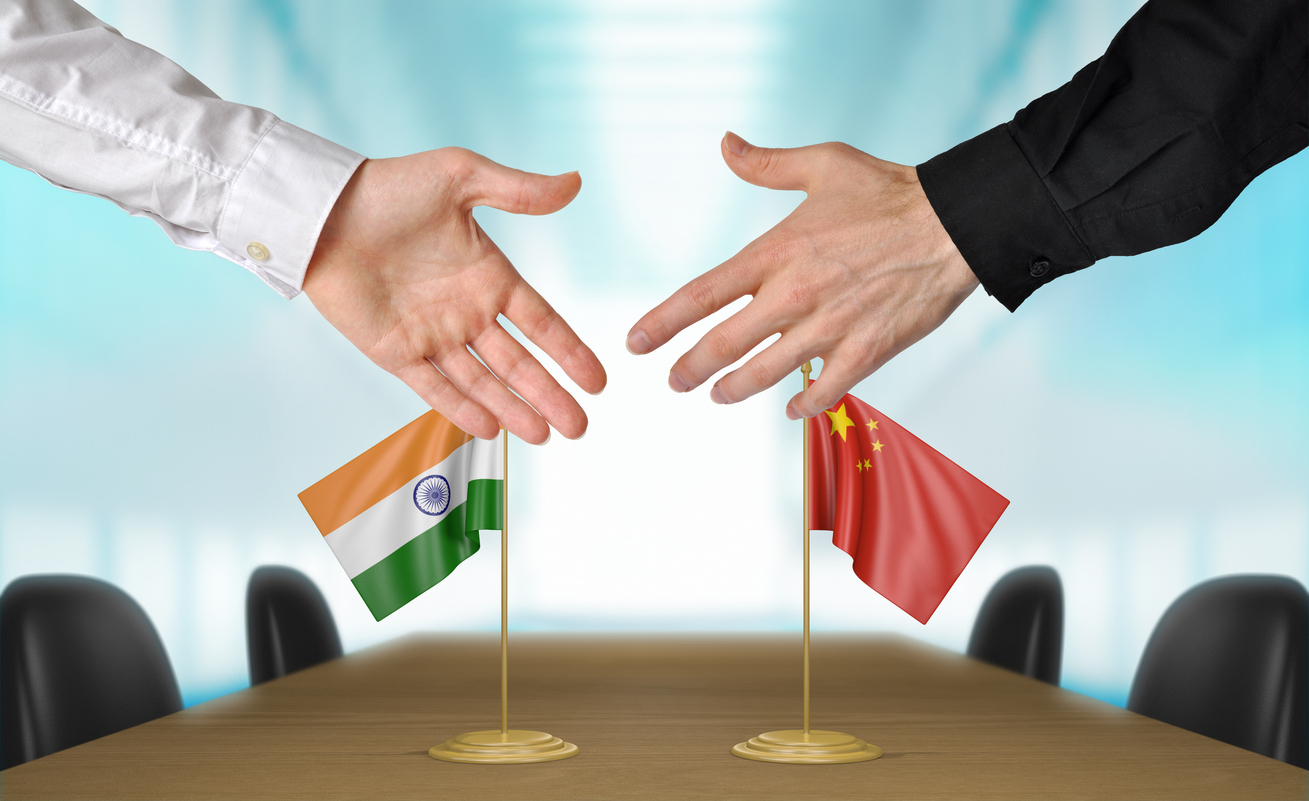

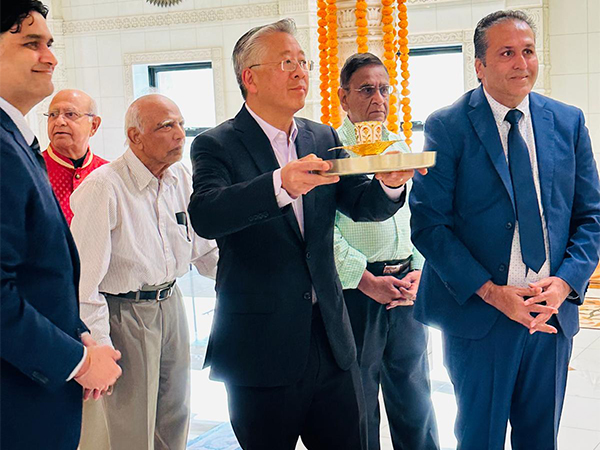
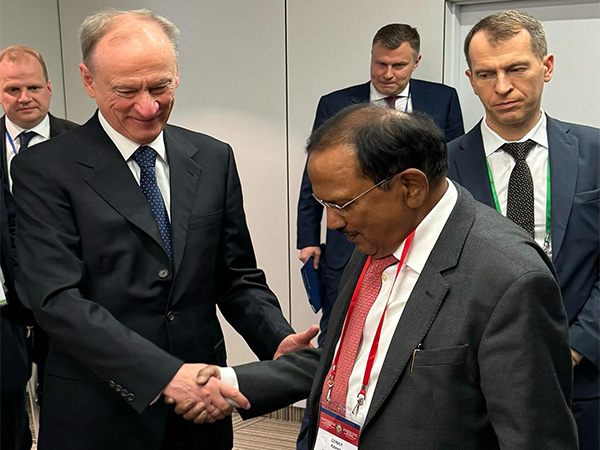






POST COMMENTS (0)